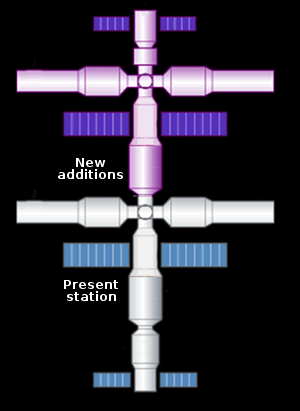Distorted Martian craters

Cool image time! The picture to the right, rotated, cropped, reduced, and sharpened to post here, was taken on March 15, 2023 by the high resolution camera on Mars Reconnaissance Orbiter (MRO).
The white dot on the overview map above marks the location, on the west end of the 2,000-mile-long northern mid-latitude strip I label glacier country because almost every image suggests the presence of ice and glaciers.
Where this crater is located the terrain is shifting from mesas and criss-crossing canyons to the northern lowland plains. Thus, the features that suggest the presence of ice shift from glacial in nature (flowing down hollows and cliffsides or within canyons) to that of a near-surface ice sheet, which acts to distort impact craters and leave large splash aprons around them.
The straight depression cutting into the crater near the center top that is also aligned with craters to the southwest suggests that these craters are either sinkholes into a void created by a fault line, or the impacts all occurred at the same time, as the asteroid broke up while cutting through the Martian atmosphere.
Either could be true. The data is insufficient to determine which.

Cool image time! The picture to the right, rotated, cropped, reduced, and sharpened to post here, was taken on March 15, 2023 by the high resolution camera on Mars Reconnaissance Orbiter (MRO).
The white dot on the overview map above marks the location, on the west end of the 2,000-mile-long northern mid-latitude strip I label glacier country because almost every image suggests the presence of ice and glaciers.
Where this crater is located the terrain is shifting from mesas and criss-crossing canyons to the northern lowland plains. Thus, the features that suggest the presence of ice shift from glacial in nature (flowing down hollows and cliffsides or within canyons) to that of a near-surface ice sheet, which acts to distort impact craters and leave large splash aprons around them.
The straight depression cutting into the crater near the center top that is also aligned with craters to the southwest suggests that these craters are either sinkholes into a void created by a fault line, or the impacts all occurred at the same time, as the asteroid broke up while cutting through the Martian atmosphere.
Either could be true. The data is insufficient to determine which.











